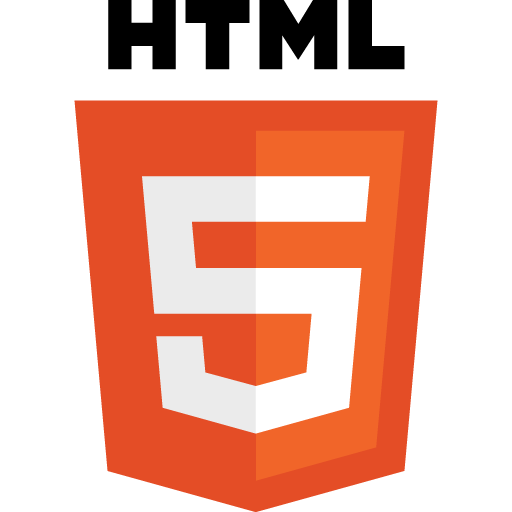One of the classes I’ve been teaching at UNM Continuing Ed lately is Beginning Dreamweaver. The school uses Adobe Creative Suite 4 in the lab where I teach. The DOCTYPE options in DW 4 are either transitional or strict in HTML 4/XHTML 1.0.
Outside of the UNM lab, the most recent version of DW on the market is 5.5, which includes the HTML5 DOCTYPE. If the students go out and buy a commercial version of DW, they will get 5.5 and the option to choose HTML5.
Which means, when we look at the options for creating a new page in DW, we have to include HTML5 in the discussion of which DOCTYPE to choose, even though it isn’t there in the school’s DW 4 options.
Back in March, I wrote Syntax Style for HTML 5: Some Best Practice Recommendations. To summarize that article, the syntax style most like what was recommended for HTML was similar to the syntax for HTML 4.01 Strict.
I’ve been telling students two things about DOCTYPES. First, I tell them that it doesn’t really matter which one they pick as long as they pick one, because any one they pick will keep them out of quirks mode. Dreamweaver will correctly write the HTML for what ever they choose. Secondly, I tell them that if they are thinking of using HTML5 in their future work, to choose HTML 4. That instruction always feels oddly retro – go back to an older technology and forget about dealing with the seemingly more modern XHTML.
In my mind, the seemingly more modern XHTML has two drawbacks. First, it’s been abandoned by the W3C and won’t been updated. Second, the syntax for HTML 4 Strict seems a much better choice when working in HTML 5 because there’s no need to talk about XML and trailing slashes in empty elements and other things that don’t apply to HTML5. And HTML 4 Strict syntax rules match up with what was recommended as a best practice for writing under the new anything-goes rules of HTML5.
What DOCTYPE are you telling students to use these days?



